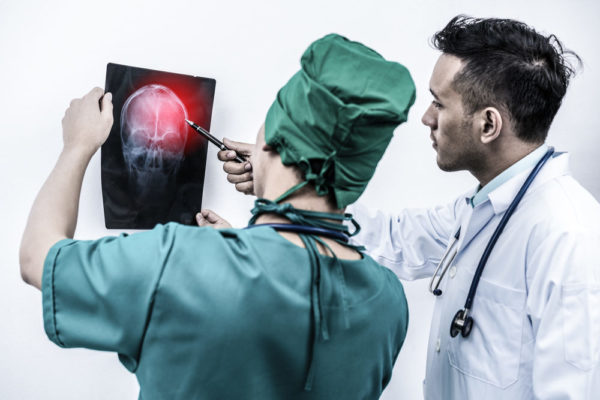Acquired Brain Injury (ABI) is one that happens after birth. It is a cellular change in the brain caused by a lack of oxygen to the brain. There are various causes of an ABI. A blocked airway, drowning accident, or a crushed chest can cause an ABI. An electrical accident, such as electrocution or being struck by lightning could cause an Acquired Brain Injury.
ABI can be caused by a physical injury. Something that results in an injury to the head or chest. Any injury to the body that may cause a loss of blood that results in a drop in blood pressure or volume. An ABI is not one that is genetic or congenital. It is not one received from complications of being born either. It may occur due to a stroke or a heart attack. It may also happen after being exposed to toxins and other harmful chemicals. Lead exposure is a leading cause of ABI. Illegal drug users run the risk of suffering an Acquired Brain Injury.
KEY STRATEGY – If you live in a home that was built and painted before 1978 and has cracked or peeling paint, you may want to have your home tested for lead.

An acquired brain injury can affect a small portion of the brain, a focal injury, or be a diffuse injury and affect the brain as a whole. Around 50,000 people die in the United States each year as a result of a brain injury. Sometimes an ABI can also be diagnosed as a Traumatic Brain Injury.
There are several different categories of the effects of an Acquired Brain Injury. They are classified under Physical, Cognitive, Perceptual, and Behavioral. Physical effects of an ABI can be a headache that won’t go away, being tired both physically and mentally, having seizures, having a hard time talking, and paralysis. Cognitive effects include having a hard time processing information, memory loss, not being able to express thoughts or using incorrect words, and a short attention span. Perceptual effects include having balance problems, a loss of taste or smell, and losing the sense of space and time. Behavioral effects also have an emotional component and include irritability, a new dependence on others, denying there is anything wrong, and not initiating new activities.
Types of Aquired Brain Injury: Anoxic, Hypoxic
There are two types of Acquired Brain Injury. Both types are discussed below.
KEY STRATEGY – If your loved one has been diagnosed with a Traumatic Brain Injury, find out the type of injury and write it down. It is in their best interest for you to keep your own notes on their injury and treatment.
Anoxic Brain Injury – This type of injury occurs when there is a lack of oxygen to the brain. Oxygen is crucial to brain functioning. There are three types of Anoxic Brain Injury.
- Anoxic Anoxia occurs when there is no oxygen getting to the brain.
- Anemic Anoxia is when the blood going to the brain does not have enough oxygen.
- Toxic Anoxia happens from toxins or metabolites keeping oxygen from the brain.
Hypoxic Brain Injury – If there is not enough oxygen going to the brain a Hypoxic Brain Injury can occur. A Hypoxic-Ischemic Brain Injury can happen from a drop in blood pressure or a loss of blood volume.
Acquired Brain Injury Treatment
A successful treatment plan is one that begins immediately after an acquired brain injury diagnosis. A rehabilitation program is often part of a long-term treatment plan. An assessment of the patient will be made to determine the course of treatment and an estimate of function that may be regained.
Many factors are taken into consideration of how well a patient will do in rehab. The type of injury and its severity is a key factor. The overall health of the patient is also an important factor. The support of family and friends is very important in the rehabilitation process. Receiving positive feedback from loved ones can help the patient to work harder and regain more function.
KEY STRATEGY – Improving the quality of a person’s life is the goal of a rehabilitation program. The more committed a person is to the process, the more successful they will be in rehab.
Read the next article: Traumatic Brain Injury









